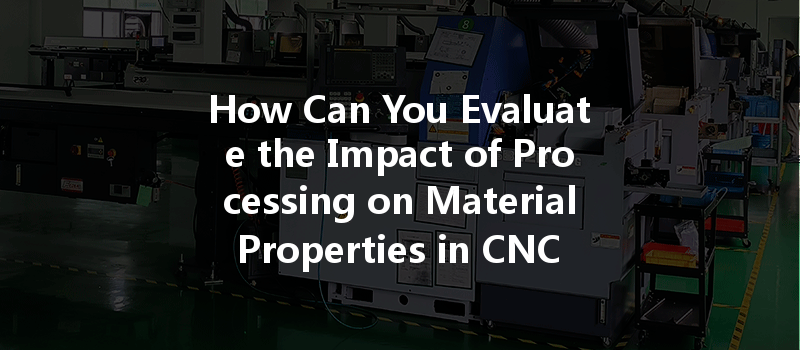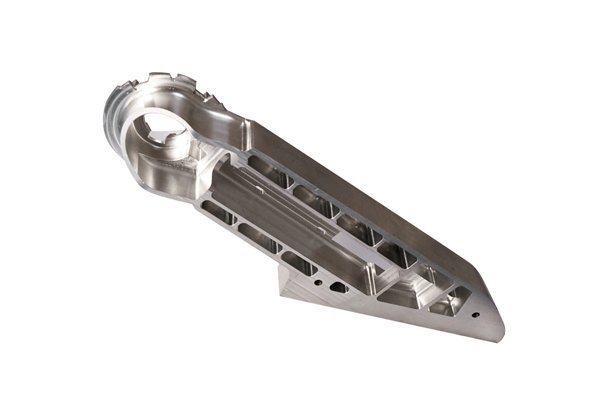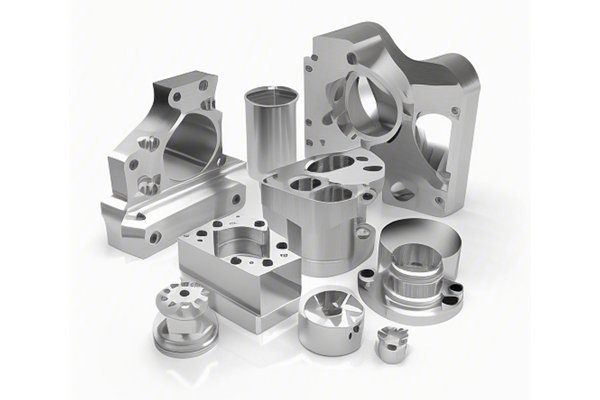Did you know that the properties of a material can change significantly depending on how it is processed? In the world of CNC (Computer Numerical Control) machining, this fact is not just a trivial statistic but a foundational principle that engineers and manufacturers must understand. According to industry data, up to 35% of defects in machined components can be traced back to improper processing methods. This raises an important question: How do you evaluate the impact of processing on material properties when it comes to CNC machining?
In this blog post, we will delve deeply into the relationship between CNC machining processes and material properties. We will explore various aspects of how different machining operations affect metals and polymers, including mechanical, thermal, and physical properties. By the end of this article, you’ll not only understand these concepts in detail but also acquire practical tools and techniques to evaluate these impacts effectively.
Chapter 1: The Basics of CNC Machining
1.1 Understanding CNC Machining
CNC machining is a method that uses computer-controlled machinery to shape and fabricate metal, plastic, and other materials into precise specifications. It can perform operations like drilling, milling, turning, and grinding, offering high precision and repeatability.
1.2 Importance of Material Properties
Material properties define how a material behaves under various conditions such as stress, temperature, and environmental factors. Some key properties include tensile strength, hardness, ductility, thermal conductivity, and corrosion resistance.
Chapter 2: The Impact of Processing Techniques
2.1 Types of Processing Techniques
Various CNC machining techniques can affect material properties:
2.2 How Processing Affects Material Properties
Each technique has specific impacts on mechanical and physical properties:
Chapter 3: Evaluating Material Properties Post-Processing
3.1 Mechanical Property Evaluation
Evaluating mechanical properties such as tensile strength and yield strength is essential. You can do this using standardized tests such as:
3.2 Thermal Property Evaluation
Thermal treatment techniques can enhance properties. Measuring changes in thermal conductivity and melting points can be achieved through:
3.3 Microstructural Analysis

Advanced analytical techniques such as scanning electron microscopy (SEM) can help visualize microstructural changes after different processing techniques.
Chapter 4: Solutions to Minimize Negative Impacts
4.1 Correct Material Selection
Choosing the right material for a specific machining process is vital. Metals like titanium may require special considerations due to their high strength but lower machinability.
4.2 Optimal Machining Parameters
Adjusting parameters like feed rate, cutting speed, and depth of cut can mitigate negative effects. Utilizing simulation software to model different scenarios can also enhance your decision-making.
4.3 Proper Tooling
The right cutting tools influence the quality of machining. PVD (Physical Vapor Deposition) coatings can prolong tool life and minimize heating during cuts.
4.4 Coolant Usage
Employing the right coolant can significantly lower thermal impacts, reducing the risk of changes to material properties.
Chapter 5: Advanced Techniques for Evaluation
5.1 Finite Element Analysis (FEA)
Using FEA allows engineers to simulate mechanical behavior in a controlled environment, offering predictive insights into potential failures.
5.2 Non-Destructive Testing (NDT)
NDT methods like ultrasound or magnetic particle inspection assist in evaluating the integrity of machined parts without causing damage.
Chapter 6: Case Studies
6.1 Aerospace Components
A detailed study of manufacturing aerospace components from titanium highlights the necessity of understanding how different machining techniques affect material attributes such as heat resistance and fatigue.
6.2 Medical Applications
Another case is the machining of stainless steel surgical instruments, focusing on how CNC machining parameters influence corrosion resistance and overall durability.
Understanding how processing affects material properties is imperative for achieving high-quality outputs in CNC machining. The interplay between various machining techniques and material attributes can significantly influence performance and reliability.
In this blog, we have explored the following core techniques:
Being aware of these factors not only enhances product quality but also streamlines production processes, reducing waste. As the industry progresses, the ability to accurately evaluate and select appropriate processing methods will be vital in achieving competitive advantages.
Reflecting on the information presented here, remember that every detail counts when it comes to CNC machining. Understanding and evaluating the impact of processing on material properties not only saves costs but ensures that the end product performs as needed—and that is worth thinking about in this ever-evolving field of engineering technology.
Call to Action
Now that you are equipped with knowledge on this crucial topic, consider how you can implement these strategies in your own work or projects. Engage with your peers, share your insights, and foster discussions about the impact of CNC machining on material properties. Your thoughtful approach could lead to significant innovations in the field.






